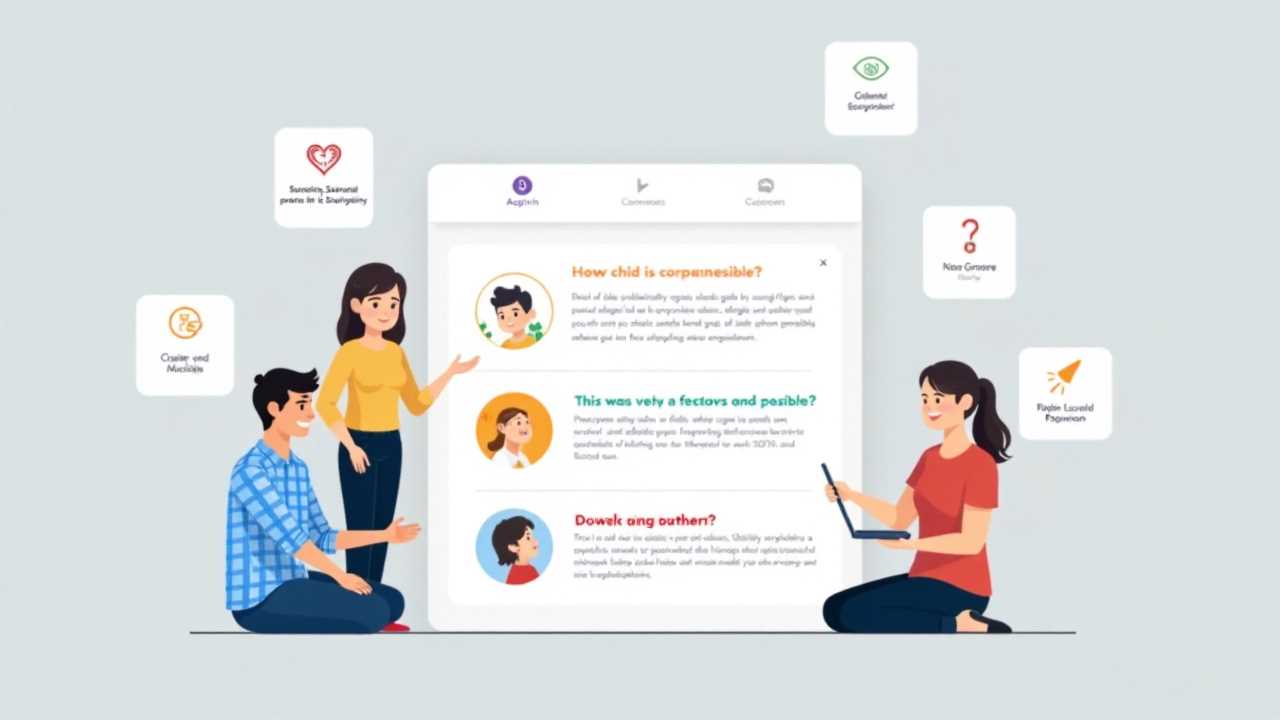
The Power of Parenting and Child Development Infographics
In today's fast-paced world, visual learning has emerged as a pivotal method for enhancing understanding and retention, especially in the realm of parenting and child development. Infographics serve as a bridge between complex information and easily digestible visuals, making them an invaluable tool for parents, educators, and child psychologists alike. By utilizing engaging graphics and informative visuals, we can effectively communicate essential concepts in child development, fostering a deeper understanding of child psychology and behavior.
DIY Design Tips for Creating Effective Infographics
Creating impactful infographics doesn't require a professional designer. With the right approach and tools, anyone can craft visually appealing and informative graphics. Here are some DIY design tips to help you get started:
1. Define Your Purpose and Audience
Before diving into the design process, it is crucial to clearly define the purpose of your infographic. Are you aiming to educate parents about developmental milestones, or perhaps provide insights into effective parenting strategies? Understanding your target audience will guide your design choices and content selection, ensuring that your infographic resonates with those who will benefit from it.
2. Choose a Clear and Engaging Layout
The layout of your infographic plays a significant role in its effectiveness. Opt for a creative layout that organizes information logically and intuitively. Consider using a combination of vertical and horizontal sections to guide the viewer's eye through the content. Utilize headings and subheadings to break up text and highlight key points, making it easier for readers to absorb information at a glance.
3. Incorporate Visual Elements
Visual elements are the heart of any infographic. Use engaging graphics such as icons, illustrations, and charts to complement your text. These visuals should not only enhance the aesthetic appeal but also reinforce the message you want to convey. For instance, when discussing child development stages, consider using a timeline graphic to illustrate the progression from infancy to adolescence.
4. Utilize Color Psychology
Color plays a vital role in how information is perceived. Different colors evoke different emotions and reactions. For example, blue is often associated with calmness and trust, while yellow can evoke feelings of happiness and energy. When designing your infographic, choose a color palette that aligns with the message you want to convey. A harmonious color scheme will not only make your infographic visually appealing but also enhance its effectiveness in communicating your message.
5. Keep Text Concise and Impactful
While visuals are essential, the text within your infographic should not be overlooked. Aim for brevity and clarity. Use bullet points, short sentences, and impactful phrases to convey your message. Remember, the goal is to provide information quickly and efficiently. Avoid overwhelming your audience with excessive text; instead, focus on the most critical points that will resonate with them.
Understanding Child Psychology Through Infographics
Infographics can serve as powerful tools for illustrating concepts in child psychology. By visually representing theories and research findings, we can help parents and educators understand the underlying principles of child behavior and development. For instance, an infographic detailing the effects of positive reinforcement on child behavior can provide parents with practical strategies to implement at home.
Engaging Parents with Informative Visuals
To effectively engage parents, it is essential to create informative visuals that address their specific concerns and questions. Infographics can cover a wide range of topics, from effective communication strategies with children to understanding the impact of screen time on development. By presenting this information in a visually appealing format, we can capture parents' attention and encourage them to take actionable steps in their parenting journey.
Tools for Creating Infographics
There are numerous tools available that simplify the infographic creation process. Platforms such as Canva, Piktochart, and Venngage offer user-friendly interfaces and a variety of templates to choose from. These tools allow you to customize your designs, incorporate your branding, and easily share your infographics across social media and other platforms.
The Future of Parenting and Child Development Infographics
As we continue to explore the intersection of visual learning and parenting, the importance of engaging infographics will only grow. By harnessing the power of DIY design, we can create impactful visuals that not only educate but also inspire parents to embrace effective strategies in child development. Through the use of creative layouts, engaging graphics, and informative visuals, we can foster a deeper understanding of child psychology and ultimately support the growth and development of future generations.
 Digital Art InstructionDIY Infographics DesignMobile Game ArtworkPersonalized Logo Design3D AnimationeBook Covers DesignPrivacy PolicyTerms And Conditions
Digital Art InstructionDIY Infographics DesignMobile Game ArtworkPersonalized Logo Design3D AnimationeBook Covers DesignPrivacy PolicyTerms And Conditions
